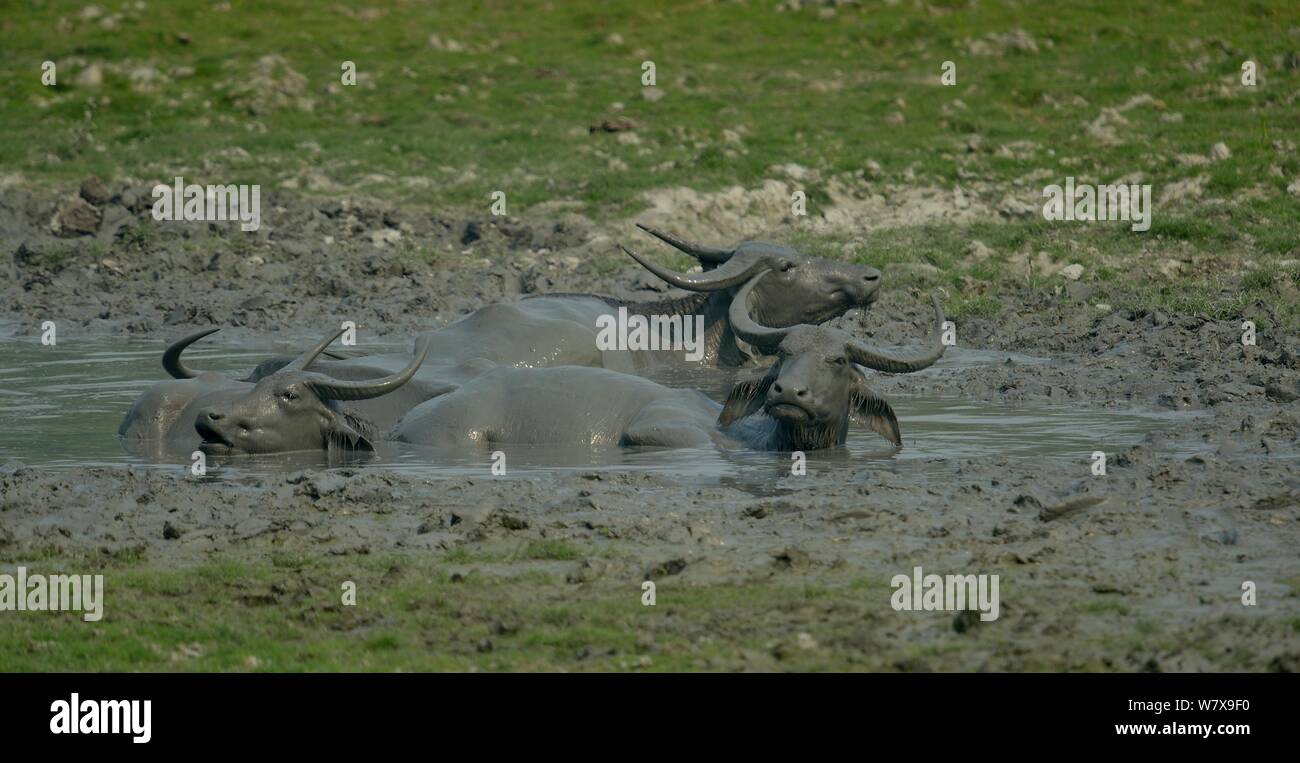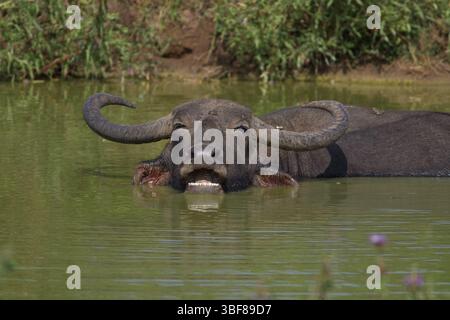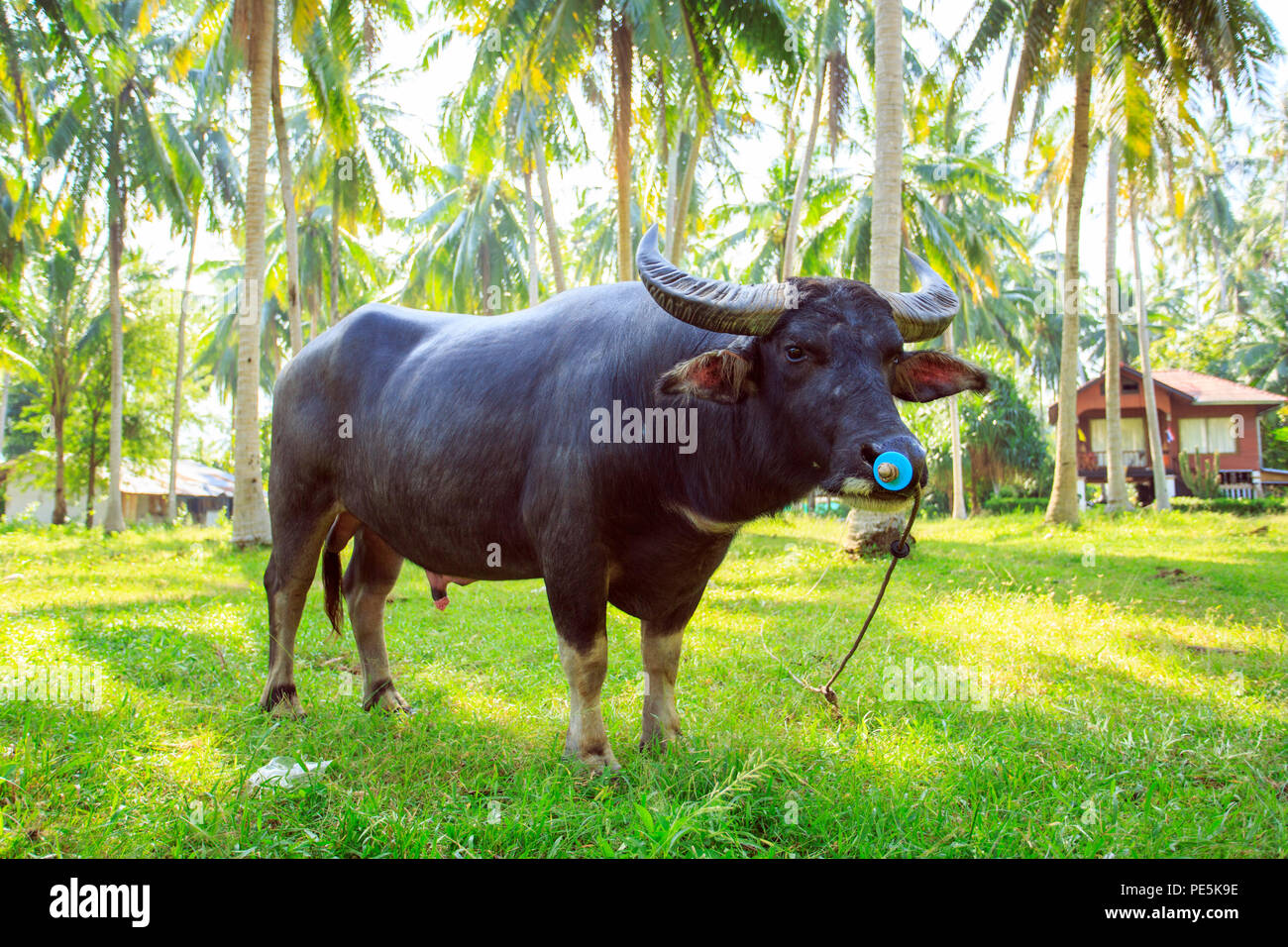Water buffalo are some of the most fascinating, yet misunderstood animals on the planet. From their massive size to their role in farming and agriculture, these creatures are more than just a sight to see in the wild — they’re essential to the livelihoods of millions around the globe. Whether you're a curious animal lover or someone interested in sustainable farming, learning about the water buffalo can open up a whole new world.
So what exactly is a water buffalo? Also known as the Asian water buffalo or domestic water buffalo, this large bovid (Bubalus bubalis) originally comes from the Indian subcontinent and Southeast Asia. These animals are often mistaken for bison or wild cattle, but they have their own unique traits and history. They’re known for their thick horns that curve backward and their incredible strength, making them ideal for heavy work like plowing fields in rural areas.
While they may seem like gentle giants, water buffalo have their own set of challenges — especially when it comes to human interaction. In some cases, they can be unpredictable, as seen in real-life incidents where people have been injured or even killed by them. But more often than not, they’re loyal, hardworking, and deeply integrated into the cultures and economies of many countries. Let’s dive deeper into what makes the water buffalo so special.
Table of Contents
- What Is a Water Buffalo?
- Wild vs. Domestic Water Buffalo
- Where Are Water Buffalo Found?
- The Role of Water Buffalo in Agriculture
- Water Buffalo as a Source of Milk and Meat
- Interesting Facts About Water Buffalo
- Water Buffalo and Human Safety
- FAQs About Water Buffalo
What Is a Water Buffalo?
The water buffalo, or Bubalus bubalis, is a large mammal belonging to the Bovidae family. It’s often confused with other bovines like bison or yak, but it has distinct physical and behavioral characteristics. Wild water buffalo still exist, though they’re now quite rare and endangered. Most of the water buffalo you see today are domesticated and used for labor, milk, or meat.
These animals can weigh over a ton and have thick, curved horns that point backward toward their shoulders. They’re well adapted to hot, humid climates and are commonly found in wet or marshy areas, hence their name. Water buffalo are often seen wallowing in mud or water, which helps them stay cool and protects their skin from insects.
Wild vs. Domestic Water Buffalo
There are two main types of water buffalo: wild and domestic. The wild water buffalo is much rarer and is considered endangered. They are typically found in parts of India, Nepal, and Southeast Asia. These wild versions are larger and more aggressive than their domesticated cousins.
Domestic water buffalo, on the other hand, are widely distributed across Asia, Africa, Europe, Australia, and even parts of the Americas. There are around 74 different breeds of domestic water buffalo, with a global population of about 165 million. These animals are used for farming, milk production, and meat, and they play a critical role in the economies of many developing countries.
Where Are Water Buffalo Found?
Originally from the Indian subcontinent and Southeast Asia, water buffalo have since spread across the globe. They’re most commonly found in countries like India, Pakistan, China, and the Philippines. But over the years, they’ve been introduced to parts of Europe, Australia, and both North and South America.
These animals thrive in tropical and subtropical climates, especially in areas with access to water and wetlands. In fact, they prefer muddy environments where they can roll around and stay cool. This behavior isn’t just for fun — it helps protect their skin from sunburn and insect bites.
The Role of Water Buffalo in Agriculture
Water buffalo have been domesticated for thousands of years and are still widely used in agriculture today. In many parts of Asia, they’re the go-to animals for plowing rice paddies and other wetland fields. Their strong legs and wide hooves make them perfect for walking through muddy terrain without sinking too deep.
They’re also used for pulling carts and heavy loads, especially in rural areas where tractors aren’t always available. Because they’re so strong and can handle tough working conditions, farmers often rely on them for long hours in the fields. In some places, water buffalo are even used for riding or racing — yes, water buffalo racing is a real thing!
Water Buffalo as a Source of Milk and Meat
One of the most valuable contributions of water buffalo is their milk. It’s richer in fat and protein than cow’s milk, making it ideal for producing cheese and other dairy products. In fact, buffalo milk is the key ingredient in mozzarella cheese made in Italy. Countries like India and Pakistan also rely heavily on buffalo milk for their dairy industries.
Buffalo meat is another important product, especially in countries where it’s considered a delicacy. It’s leaner than beef and lower in cholesterol, making it a healthier option for many consumers. In some cultures, buffalo meat is used in traditional dishes and is even exported to international markets.
Interesting Facts About Water Buffalo
- Water buffalo are excellent swimmers and often enjoy being in the water.
- They have a unique digestive system that allows them to eat coarse grasses and other plants that cattle might avoid.
- Buffalo horns can grow up to 6 feet long and are often used in traditional crafts.
- These animals are surprisingly fast and can run up to 30 mph when threatened.
- Water buffalo have been used in rituals and religious ceremonies in various cultures around the world.
Water Buffalo and Human Safety
While water buffalo are generally calm and docile, they can be dangerous if they feel threatened or cornered. There have been cases where people have been injured — or worse — by water buffalo, especially when they’re not properly trained or handled. One such incident happened in Oklahoma when a farmer named Brad McMichael was killed by two water buffalo he had just bought the day before.
This tragic event highlights the importance of understanding and respecting these animals. If you’re around water buffalo, it’s best to approach them with caution, especially during breeding season or if they have calves nearby. Always follow safety guidelines and work with experienced handlers when dealing with them.
FAQs About Water Buffalo
Are water buffalo and bison the same animal?
No, water buffalo and bison are not the same. While they may look similar at first glance, they belong to different species and have different habitats and behaviors. Water buffalo are native to Asia, while bison are found in North America and Europe.
How many breeds of water buffalo are there?
There are around 74 different breeds of domestic water buffalo, with varying physical characteristics and purposes. Some are bred for milk production, while others are used for labor or meat.
Can water buffalo be kept as pets?
Water buffalo are large, powerful animals that require a lot of space, food, and care. While some people may try to keep them as pets, it’s generally not recommended unless you have the proper experience and facilities to handle them safely.
If you're interested in learning more about water buffalo and their role in agriculture and culture, Learn more about water buffalo on our site. You can also read more about animal safety to understand how to interact with large livestock responsibly.
For additional resources, you can check out the Food and Agriculture Organization of the United Nations, which provides detailed information on water buffalo breeds, husbandry, and conservation efforts around the world.



Detail Author:
- Name : Grayson Satterfield
- Username : dprosacco
- Email : bessie.huel@reynolds.org
- Birthdate : 1991-10-28
- Address : 7105 Koepp Pike Apt. 571 South Beaushire, CO 96227
- Phone : +1 (737) 761-2127
- Company : Jones-Howell
- Job : Title Examiner
- Bio : Sit perspiciatis quisquam magnam. Est minima corrupti aliquam perferendis. Hic reprehenderit vero occaecati velit blanditiis quisquam totam est. Qui earum aut repellendus.
Socials
instagram:
- url : https://instagram.com/rutherford2000
- username : rutherford2000
- bio : Occaecati consequatur quo sed aliquid ut quo. Non atque nam quibusdam inventore aut ipsam enim.
- followers : 2581
- following : 2318
facebook:
- url : https://facebook.com/leora_rutherford
- username : leora_rutherford
- bio : Neque quia molestias aut. Eum quia dolorum sit amet nisi ipsum esse.
- followers : 2427
- following : 2459
twitter:
- url : https://twitter.com/rutherford2020
- username : rutherford2020
- bio : Qui veniam iure id asperiores. Aut voluptas velit harum et. At quas voluptatem neque non odio eum. Voluptas labore qui alias consequatur.
- followers : 430
- following : 2780
tiktok:
- url : https://tiktok.com/@rutherfordl
- username : rutherfordl
- bio : Labore sit quo earum occaecati provident aut dolor.
- followers : 5104
- following : 2275

